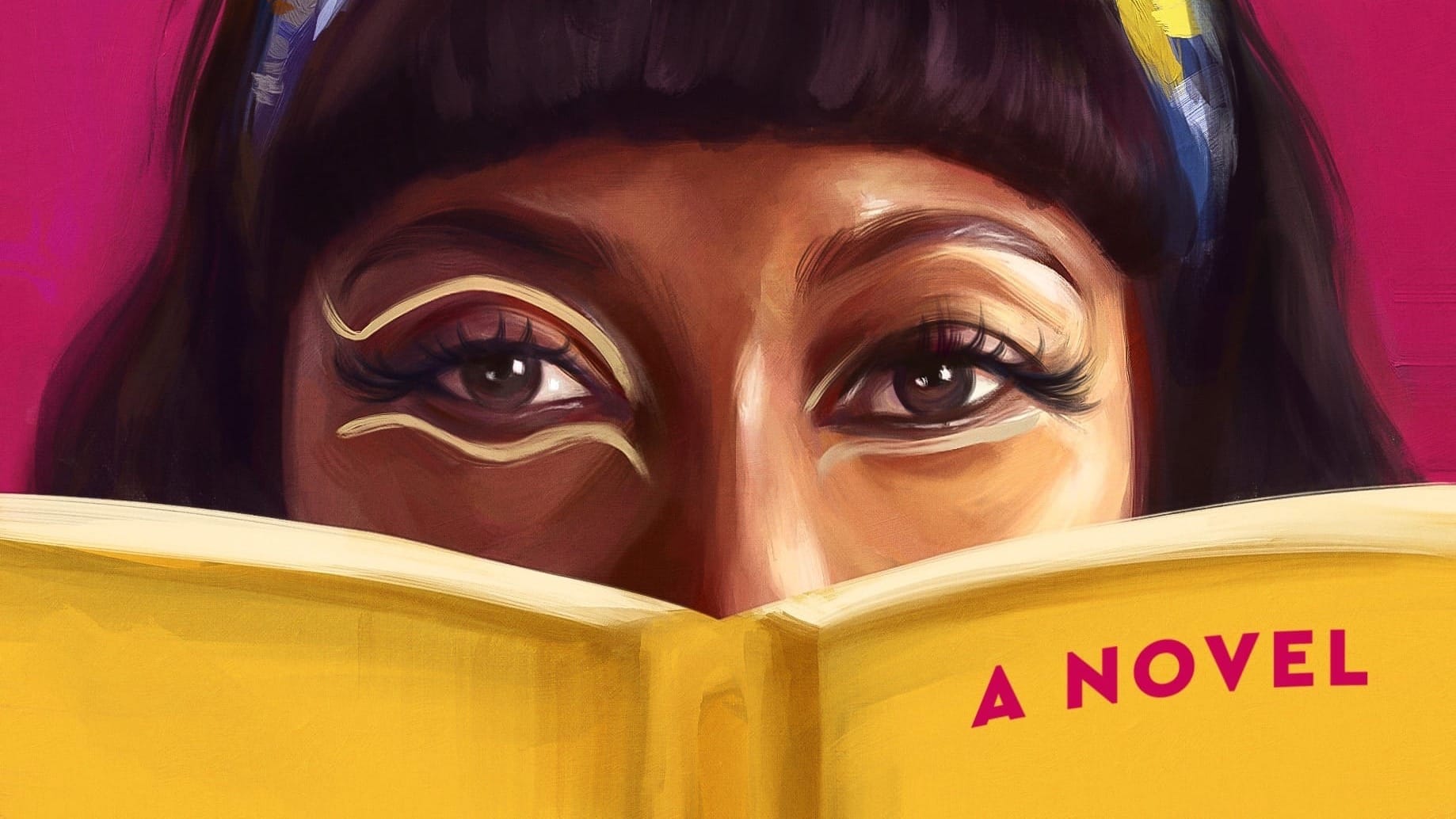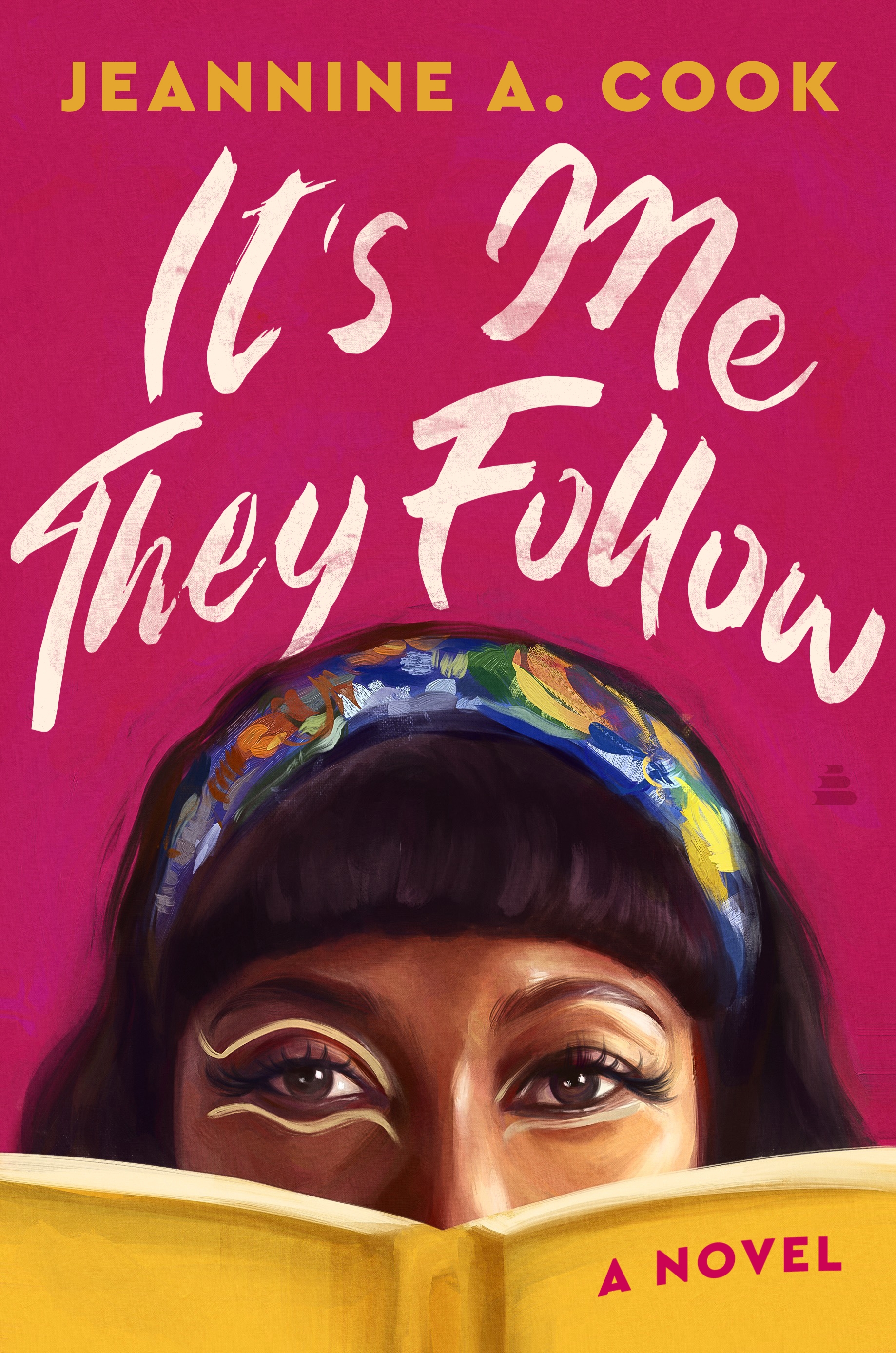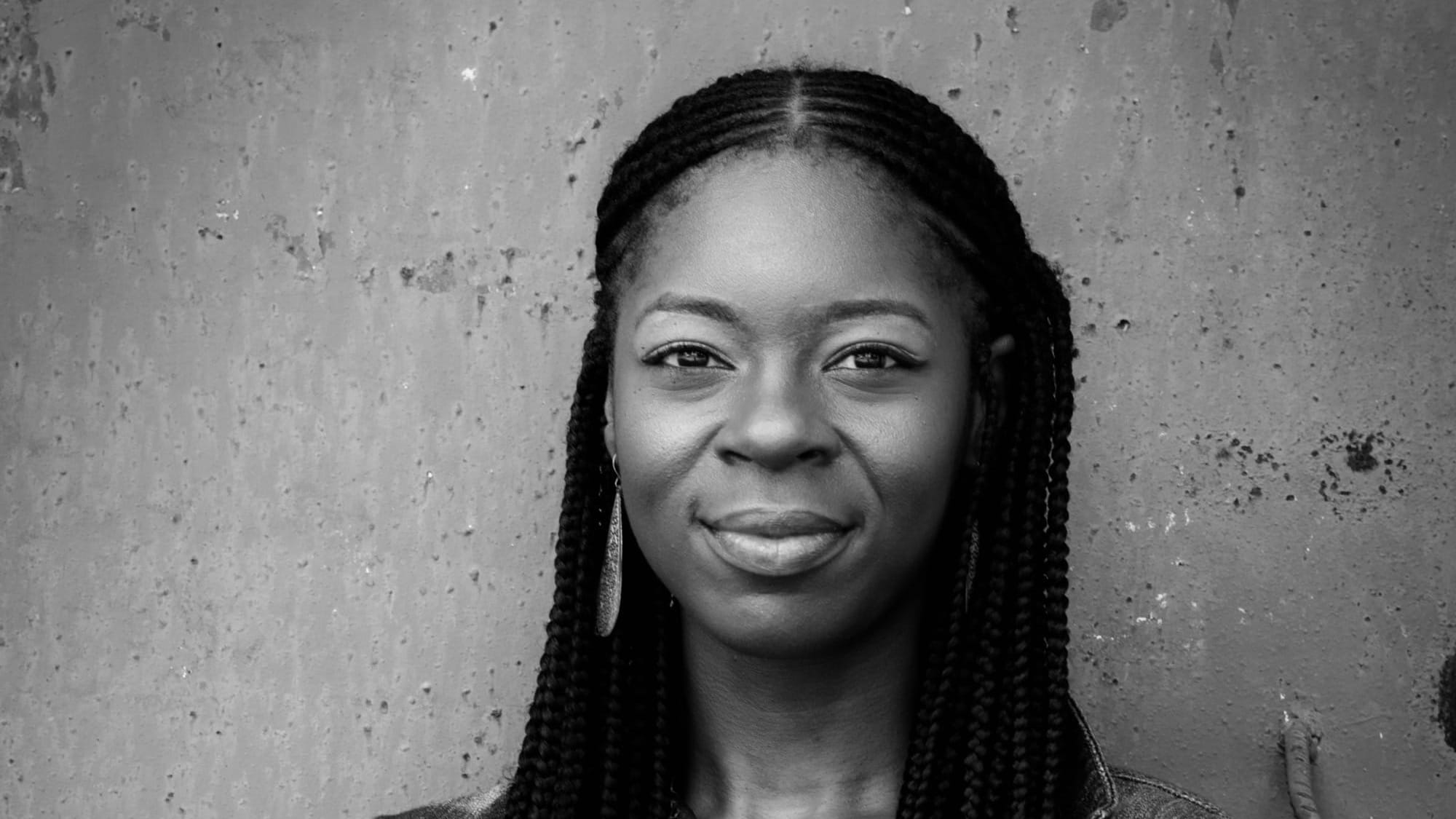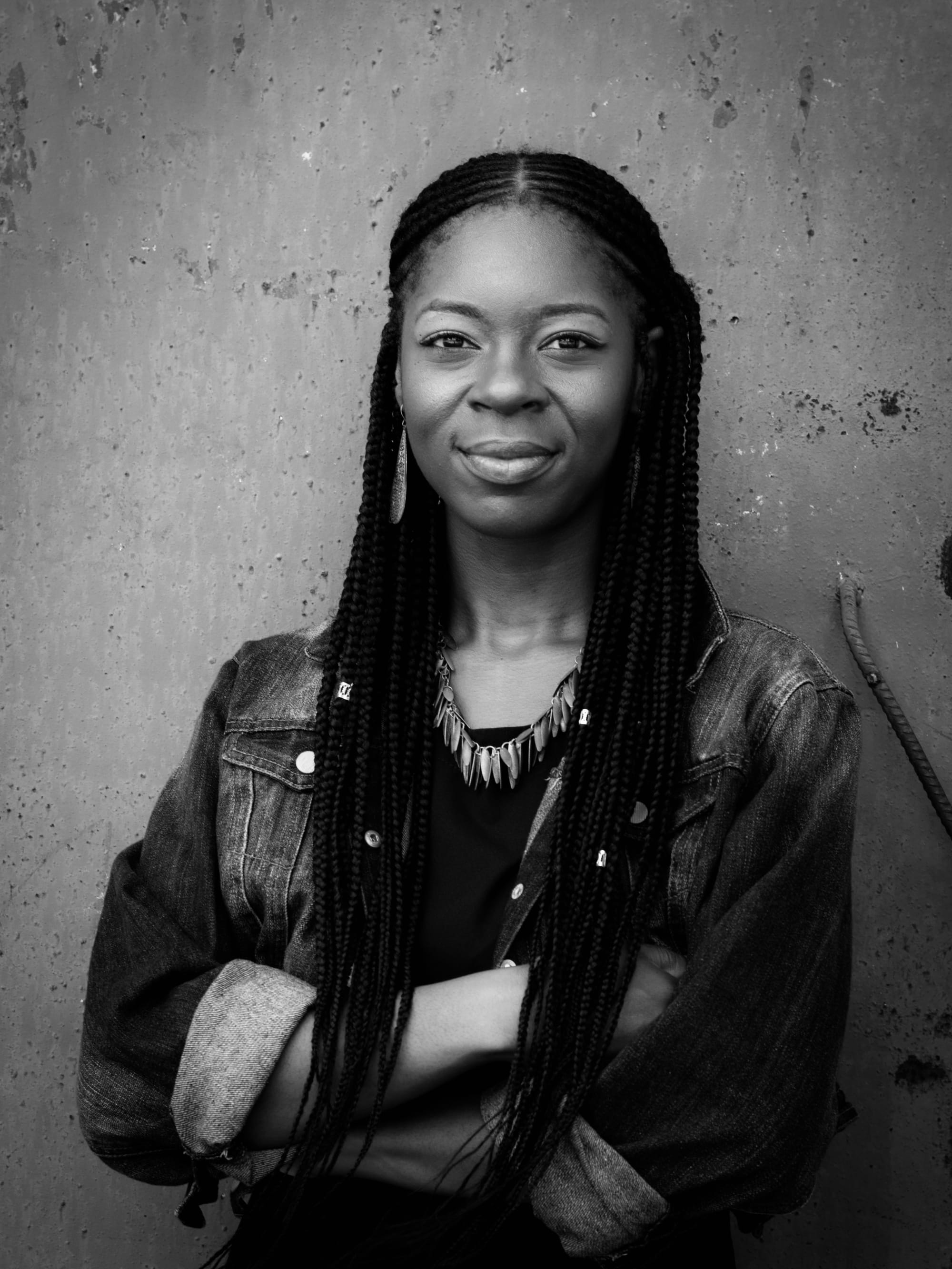Understanding Black Ivy: Style & History
More than just a style, Black Ivy describes a movement, a representation of resilience, intellect, and cultural identity.
Black Ivy is something many people see and engage with every day without even knowing its name. More than just a style, Black Ivy describes a movement, a representation of resilience, intellect, and cultural identity.
Yet, it's not widely discussed. I first learned about it in a Black Studies class in college, where I went down a rabbit hole of Black photographers and eventually came across a photo book called Black Ivy: A Revolt In Style. This book changed the way I saw both photography and fashion.
As someone deeply interested in research, I wanted to go beyond the images in the book and connect the past to the present. In an effort to see how Black Ivy has evolved in the modern world. This led me to start a Black Ivy project of my own. But before that, let’s go back to the beginning.
What is Black Ivy?
Black Ivy refers to a style movement that holds its roots in the 1950s and 1960s, when Black students, activists, and artists redefined Ivy League fashion to reflect their own sense of pride and identity.
The original Ivy League style was button-down shirts, blazers, loafers, and tailored trousers. This was seen as a symbol of elitism, associated with privileged white men attending prestigious schools. Black intellectuals and creatives took this aesthetic and made it their own, using it as a visual assertion of dignity, self-respect, and a quiet rebellion.
This is often seen in figures like Miles Davis, James Baldwin, Sidney Poitier, and Malcolm X. They didn’t dress to assimilate: they were using style as a form of self-expression by flipping the narrative and showcasing that refinement and rebellion could coexist.
The Cultural Impact of Black Ivy
For Black activists and artists, this wasn't about just looking good. It was about standing tall in a society that sought to diminish them. Dressing sharply at a time when the world constantly disrespected Blackness was an act of resistance. The style itself became a quiet protest, a way to carry yourself with pride and power while navigating spaces that weren't welcoming.
Black Ivy Represented Three Key Things:
Intellectualism – The style was linked to education, culture, and the pursuit of knowledge.
Creativity – Many musicians, writers, and visual artists embraced the look, merging it with their artistry.
Activism – Black Ivy was also seen in movements for social change, with civil rights leaders wearing the aesthetic while leading the fight for justice.
Black Ivy Across the Diaspora
One of the interesting things about the style of Black Ivy is how it connects across the Black diaspora. The internet has given us a window into Black culture worldwide, showing how diverse our experiences are. But despite those differences, Black Ivy remains a common thread.
Whether it's in the U.S., the Caribbean, Africa, or Europe, the essence of Black Ivy has persisted. It’s a look that transcends borders, one that Black creatives across generations have embraced and reinterpreted in their own ways. The evolution of Black Ivy today is proof of its longevity.
The Evolution of Black Ivy in the Modern World
While the original Black Ivy movement was built around a polished look, the modern interpretation has expanded far beyond that. Today we emphasize accessories, mix in streetwear and add other clothing styles to the overall aesthetic. People incorporate sneakers, fitted caps, and more relaxed silhouettes into the look while still maintaining its essence.
This shift reflects how Black Ivy is not just about “professional” clothing but about cultural storytelling. It’s about blending the past with the present, respecting tradition while embracing innovation. And that’s exactly what I wanted to highlight in my Black Ivy Project.
Connecting the Past and Present
The book Black Ivy: A Revolt in Style showcases beautiful archival photos of the original movement, but I wanted to capture what Black Ivy looks like today. My project is about reimagining Black Ivy for this era, documenting how people carry this style forward while making it their own. Through photography, I aim to highlight the way this movement has transformed over time and how it still holds cultural significance.
Some people are wearing Black Ivy inspired looks without even realizing it and that’s what makes it even more fascinating. The style has embedded itself into our culture so deeply that it’s become second nature. Through this project, I hope to bridge the past and present, making sure this history doesn’t fade while celebrating the ways it continues to evolve.
Why Black Ivy Still Matters
We live in a world that often tries to strip Black culture of its depth, which means preserving and documenting movements like Black Ivy is crucial. This was never just about looking good. It was about reclaiming spaces and demonstrating Black excellence in a world that wanted to deny it. Today, the same principles apply.
Understanding Black Ivy is a reminder that style can be political, that the way we carry ourselves can hold a deeper meaning. That history always influences the present even when we don’t realize it. If Black Ivy is new to you, I hope this gives you a reason to dig deeper. If you already knew about it then I hope it encourages you to look at its modern evolution with fresh eyes. Either way , this is a movement worth celebrating and remembering.
Want to Learn More?
If you’re interested in diving deeper into the history of Black Ivy, here are some great resources:
Book: Black Ivy: A Revolt in Style by Jason Jules
Article: Black Ivy: A Style Revolution – in pictures (The Guardian)
Video: What is Black Ivy? & Why You’ve Never Heard of It (YouTube)






